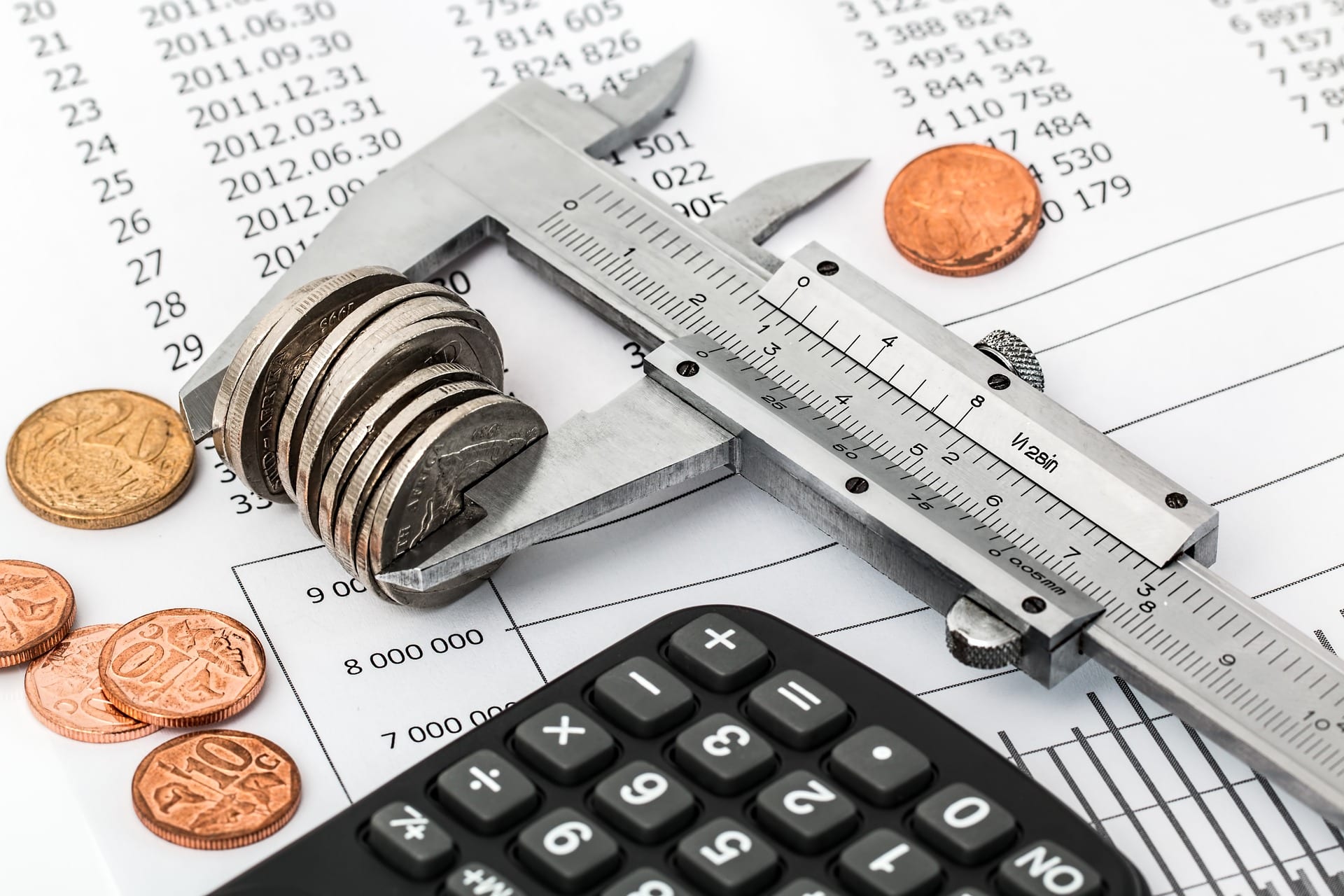Saving more money, decreasing debt, and establishing an emergency fund are all basic “money goals” that financial counselors work hard to help clients meet. Sometimes, however, we may all get a little “stuck” or bored using the same familiar methods—experts and clients alike! At times like these, it can be a great idea to shake things up a little bit and try something like a 30-day “No-Spend” Challenge.
What is a No-Spend Challenge?
Part of the strength of this idea is that you can set your own rules and define it in many different ways. However, the basic idea is to dramatically cut back or eliminate all spending on non-essentials for a set period of time. Typically, this is 30 days, but some people start off small with a week– or even smaller than that, with a weekend.
What Does It Really Mean Not To Spend?
Most of us will have fixed costs that can’t be eliminated, such as rent or a mortgage, food, basic household needs (like toilet paper!), gas, pet food, and utility bills. (However, some people in the military, especially if they’re single, may actually be able to cross a couple of these off their lists! Great start!) And of course, if a true emergency comes up, such as a medical bill or house repair, that’s okay.
As for the rest, it’s really up to the individual to decide what to eliminate, although you’re obviously not going to get too far if the only spending you cut out is “buying alpaca sweaters.” Typically, eating out, buying clothes, books, or gifts, going to the movies or for drinks, picking up toys for the kids, spending on crafts, hobbies, or gaming, and general non-essential shopping are a no-go during a no-spend month.
Some people choose to go further and dramatically cut food costs by eating out of the pantry as much as possible and eliminating common but non-necessary groceries, like coffee or prepackaged snacks. Or they might try to avoid filling up the car with gas. Some take this time to use up all those travel-size items and samples. These decisions are individual.
How Do We Do It?
Set goals first
If you’re going to set out on a challenge like this, make sure you decide on a reason for doing it. Is it to build up that emergency fund? To pay down the credit card bill? To save for an upcoming trip? Visualize your goals and plans. And it may sound cheesy, but try putting up some pictures or written reminders around the house of why you’re doing this!
Track your savings
Before you start the month, make sure you have a ballpark idea as to how much you typically spend on the items you plan to cut out in a month and a way to track your spending week by week. That way you can track you much you’re saving, and put it away where it’s supposed to go!
Plan for how to manage
Things are going to get tough sometimes over the course of the month. What’s going to tempt you? Is it take-out? Going out on Friday night? Whatever it might be, figure out your game plan. Check your local papers and Facebook and websites for free events you can attend. Find out what movies you can rent for free at the library. Plan some particularly tasty meals. Make plans with friends to do something free, and ask for their support.
Don’t freak out if you slip up
So it was your boss’s birthday and you had no choice but to go out for lunch. It’s okay. Don’t give up. Forgive yourself for the lapse and move ahead….there’s still plenty of saving to be done!
Reap the rewards
Of course, a no-spend challenge has the obvious reward of keeping more money in a family’s wallet and bank account. But this is just the tip of the iceberg. If that money is used to pay off debt or to start an emergency fund, it can do much more, preventing families from paying expensive interest charges or from damaging their credit.
It can also bring awareness to small but expensive habits, like eating lunch out or getting manicures, that hurt your financial bottom line. Once you stop spending on these items, you may find you don’t miss them as much as you thought you did, and can cut back.
You may also discover fun new free activities and pastimes that you’ll keep up in your “regular” life after the spending challenge is over.
Most importantly, if there’s a spending problem happening, a no-spend challenge can help redefine your relationship with money and remind you that you don’t need to spend money to have fun, enjoy time with your loved ones, or feel happy.
Some worry that after the challenge is over, they’ll “make up for” their economizing with a spending spree. Most report that this doesn’t happen, though, and instead say they gained a lot from the experience—both financially and on a broader level, too. A no-spend challenge of any type or length may be a great tool to help families save and redefine their relationship with spending.
References:
Centsibly rich. (2016). How to get ready for a no spend month challenge.
Tretina, K. (2016). Make January a No-Spend Month and Save Hundreds in 2017.
Perez, K. (2016). 4 Steps for a Successful No-Spend Challenge.
Davis, L. (2015). Savings challenge: Try a no-spend month.















